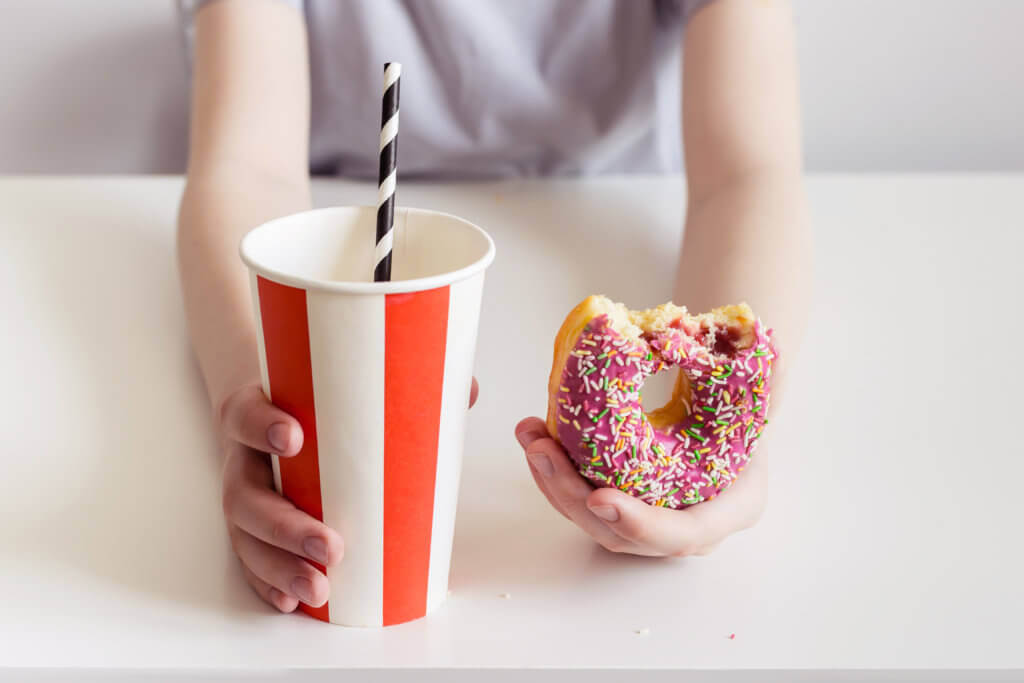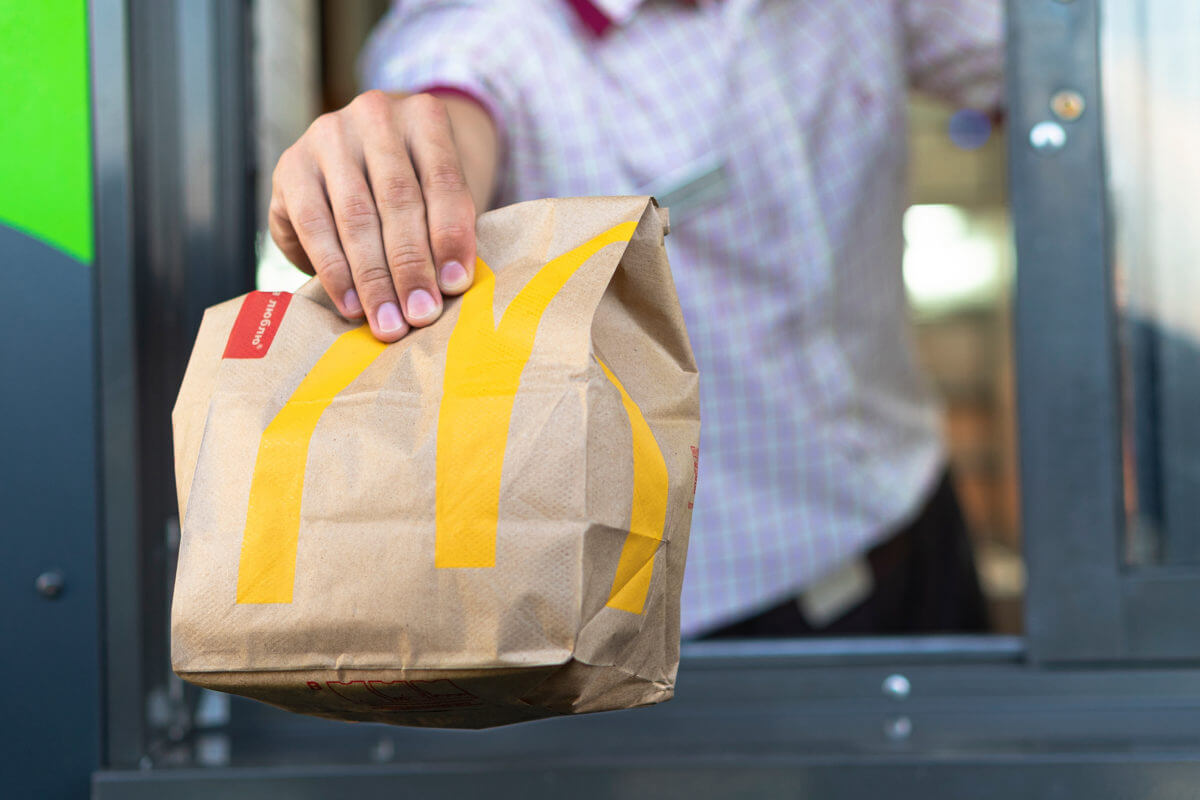BONN, Germany — Do eight-year-olds pay attention to the price of their favorite cookie at the store? Researchers from the University of Bonn have found that some elementary school students actually do. However, it also turns out that if their favorite one costs a bit more, they’re willing to pay the extra money. Of course, there are also some that don’t have the cognitive skills to factor in pricing at all.
The study highlights the various behaviors that children have when it comes to buying their snacks. In Germany, estimates show that the purchasing power of kids between six and 12 years-old sits at over two billions euros. Most often, their money goes to ice cream and other sweets. As many of us know, however, eating sweets can often have wreak havoc on long-term health. In Germany alone, one in seven children classify as overweight. Diabetes and cardiovascular conditions are on the rise among young kids as well.
Taking a look at the decisions children make about their snacks could be a powerful tool for policymakers.
“In countries like Great Britain, a sugar tax is now levied on sweet drinks,” explains Stefanie Landwehr, a doctoral student at the Chair for Agricultural and Food Market Research at the University of Bonn, in a media release.
So far, studies have suggested that the tax seems to be a success with teens, but what about younger kids?

Does branding matter to kids?
Landwehr and her team looked into this deeper, recruiting 120 elementary school students between the ages of seven and 10. They were asked questions about their favorite snacks and current nutritional knowledge. They also completed a simple test which measured their understanding of sizes and quantities. Sample questions included problems like: “there are 50 children at a children’s birthday party, is that a lot or a little?”
“The results allow conclusions to be drawn about how well children can evaluate numbers,” explains Landwehr. “Those who have lower skills in this regard are probably less able to assess prices.”
After doing this, the kids received three euros as a reward, which they were able to use to buy a snack. They could choose from an unhealthy chocolate chip cookie, a slightly healthier squeeze pack with fruit pulp, and healthy apple slices. All of these were offered at three different price levels: 60 cents, one euro, or 1.40 euros, respectively. Additionally, each snack came in packaging from McDonald’s (a popular fast food brand with children worldwide) or from an unknown manufacturer.
The kids viewed pictures of the products such as the no-name chocolate chip cookie for one euro and apple slices from McDonald’s for 1.40 euros. The kids also had the opportunity to say which product they’d buy or if they didn’t want to buy either — noting their choices on a response card. The experiment was repeated 10 times with different snacks and prices.
“So we ended up with ten report cards for each child,” explains Prof. Monika Hartmann, chair of the department of Agricultural and Food Research.
The cards were turned over and shuffled, allowing each child to pick a card. If a card was drawn where the child chose an unbranded cookie for one euro, the child paid the bill and received the snack. The results showed a lot of variation in how kids made their choices.
“In general, they could be divided into three groups,” Landwehr says.
The cookie-loving kids couldn’t be turned off from buying their favorite snack even if it was pricier. Those concerned about price made their decisions primarily based on price, and those who didn’t really understand any of it often chose the fruit pulp.

Is fast food losing its hold on children?
Interestingly, McDonald’s-branded snacks were not the most popular. In fact, the kids were, on average, less willing to pay for them than unbranded snacks.
“It may be because McDonald’s is known more for its burgers and fries and less for apple slices or chocolate cookies,” Landwehr explains.
Overall, the research shows that trying to have kids change their consumption habits isn’t that easy because of how differently they can behave.
“For instance, age and understanding of ‘cheap’ or ‘expensive’ plays a significant role in the impact of price signals,” Landwehr explains. “However, there are children who have such an understanding but are still unlikely to be influenced by higher prices. In the fight against obesity, it therefore makes sense to rely on a variety of strategies to reach as many girls and boys as possible.”
The findings are published in the journal Food Quality and Preference.

